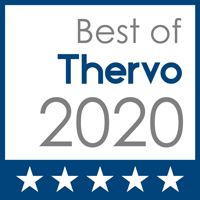Sunday, April 14, 2013
- You can electronically file Form 4868 (PDF), Application For Automatic Extension of Time To File U.S. Individual Tax Return;
- Pay all or part of your estimate of income tax due using a credit or debit card or by using the Electronic Federal Tax Payment System (EFTPS).
- Pay by phone or Internet through one of the service providers listed on the IRS website. Each service provider will charge a convenience fee based on the amount of the tax payment.
- At the completion of the transaction, you will receive a confirmation number for your records.;
- File a paper Form 4868 by mail to the appropriate address provided on the form.
Saturday, March 16, 2013
Tax, Accounting, and Auditing: Tax Calendar for March 2013
Tax Calendar for March 2013
- Wed March 13
- Deposit payroll tax for payments on Mar 6-8 if the semiweekly deposit rule applies.
- Fr March 15
- Corporations: File Form 1120 for calendar year and pay any tax due. For automatic 6-month extension, file Form 7004 and deposit estimated tax.
- Employers: Deposit payroll tax for Feb. if the monthly deposit rule applies.
- S Corporations: File Form 1120S for calendar year and pay any tax due. Furnish a copy of Sch. K-1 to each shareholder.
- File Form 2553 to elect S Corporation status beginning with calendar year 2013.
- Electing Large Partnerships: Furnish Sch. K-1 (Form 1065-B) to each partner.
- Deposit payroll tax for payments on Mar 9-12if the semiweekly deposit rule applies.
- Wed March 20
- Deposit payroll tax for payments on Mar 13-15 if the semiweekly deposit rule applies.
- Fr March 22
- Deposit payroll tax for payments on Mar 16-19 if the semiweekly deposit rule applies.
- Wed March 27
- Deposit payroll tax for payments on Mar 20-22 if the semiweekly deposit rule applies.
- Fr March 29
- Deposit payroll tax for payments on Mar 23-26 if the semiweekly deposit rule applies
Did you file your 2009 Tax Return?
Contact your CPA if you have not filed your 2009 tax return.
Source: http://IRS.gov
Sunday, February 17, 2013
Education Credits and Depreciation issues
- Form 8863- Education Credits (February 14, 2013)
- Form 4562- Depreciation and Amortiization (February 10, 2013)
Education Credits:



